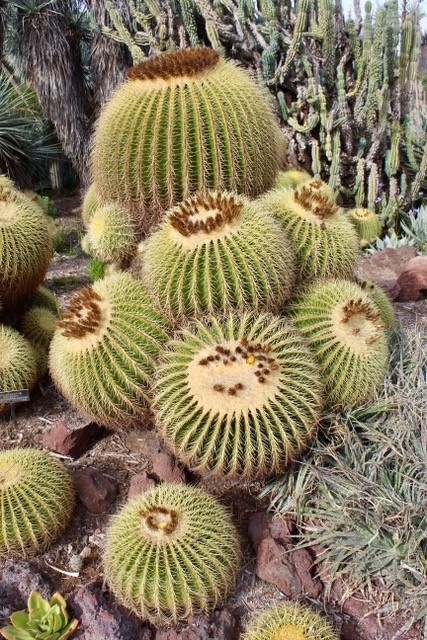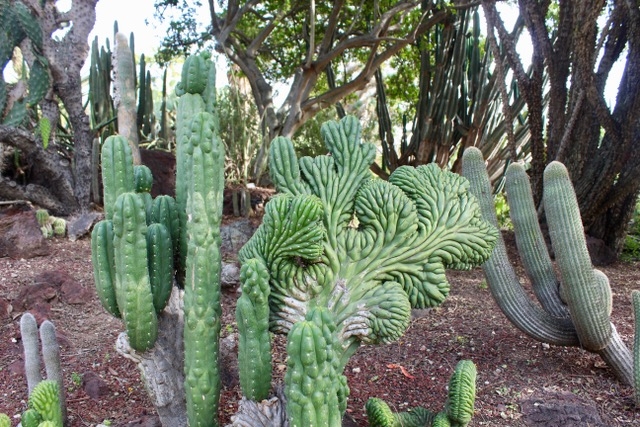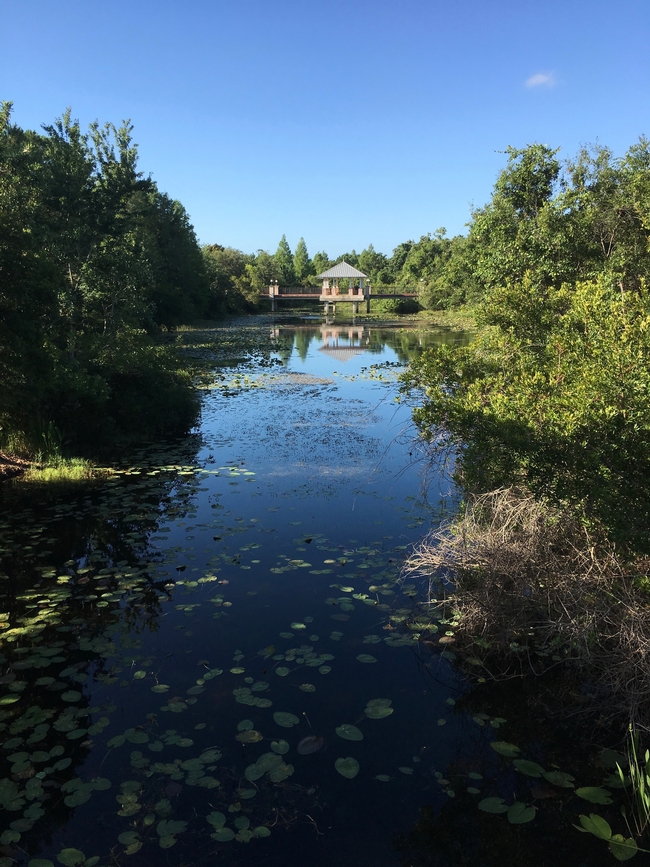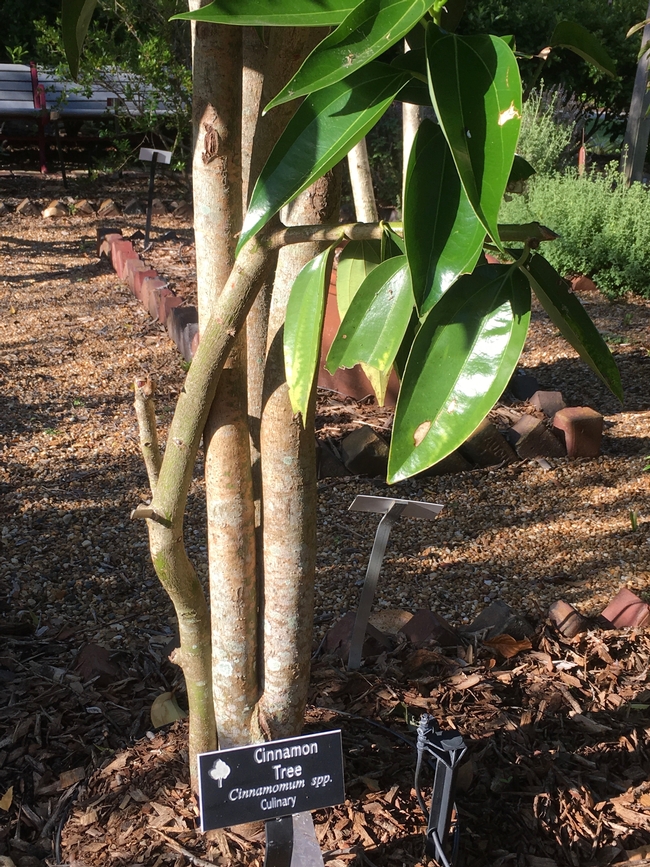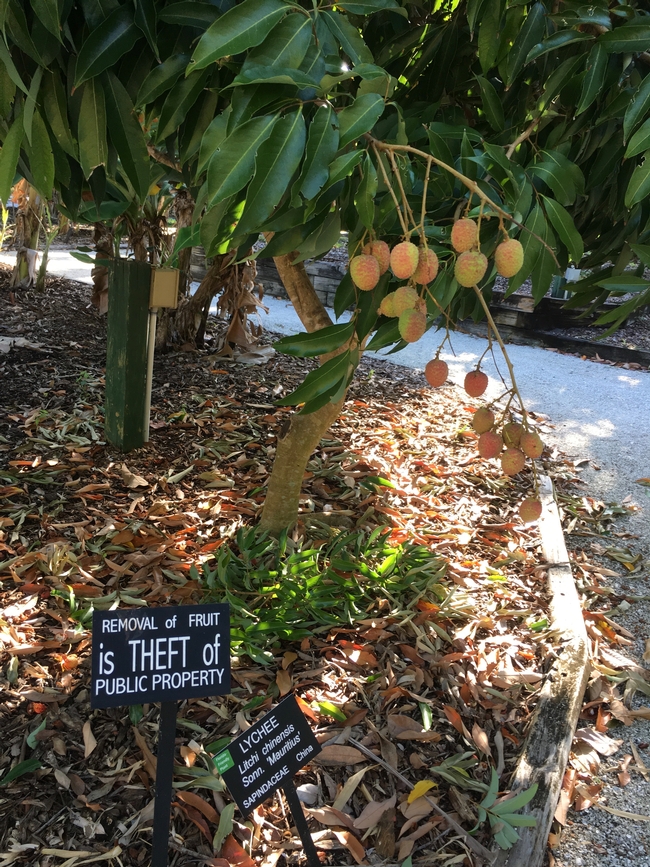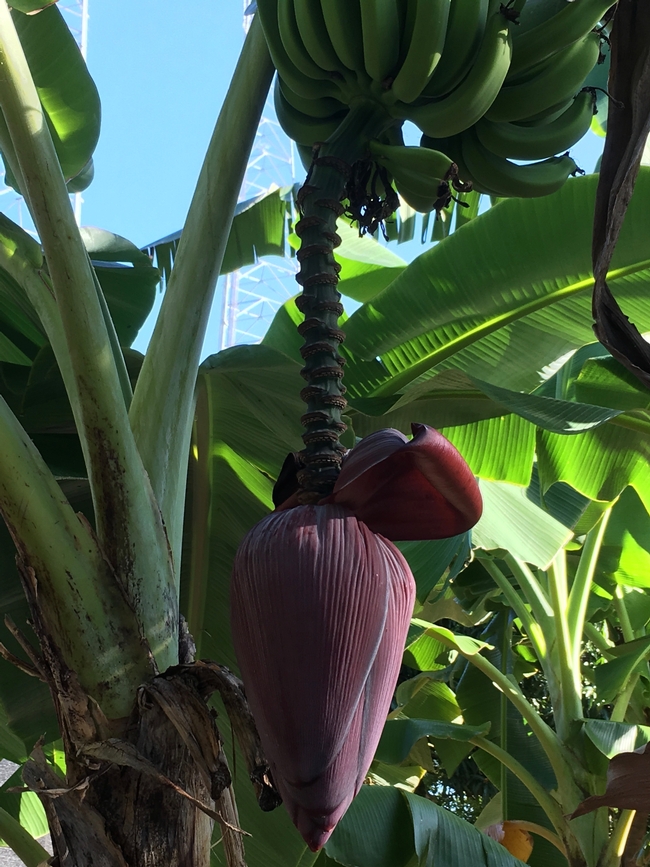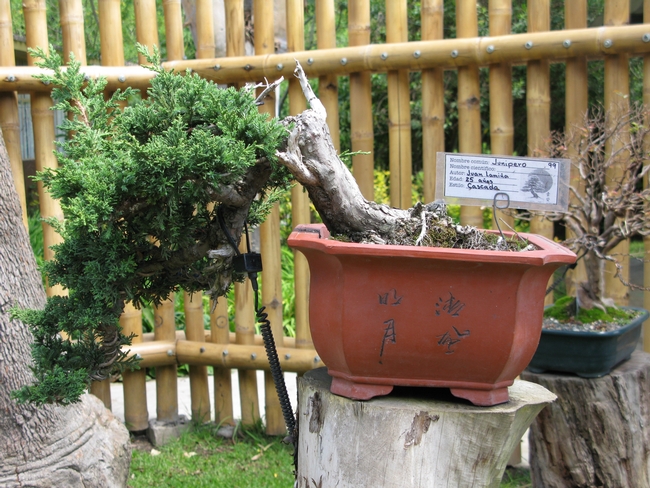- Author: Erich Warkentine
On our recent trip to The Huntington, we divided our time between the Ranch House garden, the Chinese and Japanese gardens, the bonsai collection, and the desert garden.
The Chinese garden (the Garden of Flowing Fragrance) features a lake, tea house, stone bridges and waterfalls, against a background of mature oaks and pines.
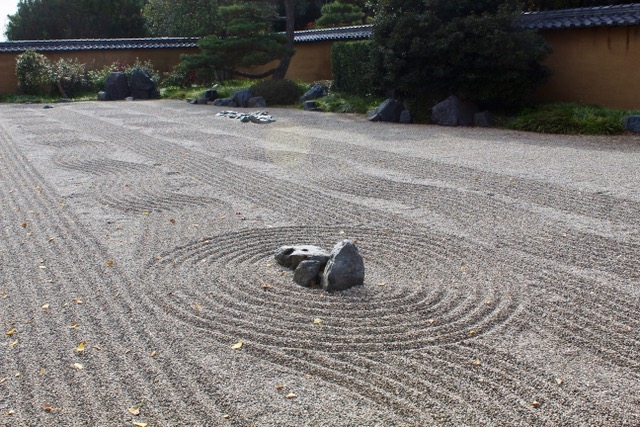
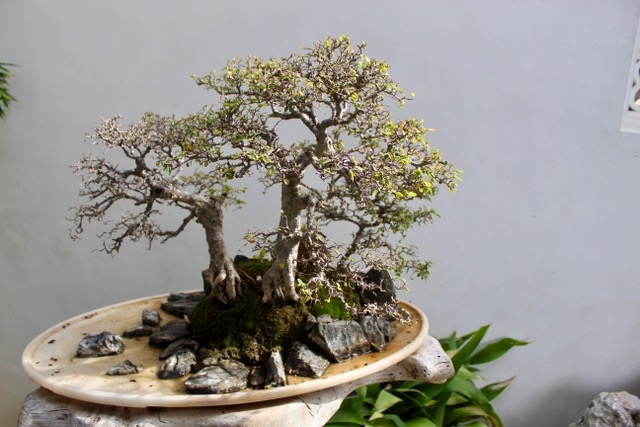
The Japanese Garden includes a traditional moon bridge and tea house, and a zen garden.
Outside of the Garden, local bonsai associations have dramatic bonsai on display.
The desert garden contains over 2,000 species in 60 landscaped beds, and its website states it is one of the largest outdoor collections of cacti and succulents in the world. We were surprised to see many cacti flowering at this early time of the year. Stunning cholla, barrels, aloes and agaves are just some of the cacti and succulents that are thrilling to see. Yuccas dominate the landscape and tower above the walkways.
It would be easy to spend a full day or more enjoying all of the gardens The Huntington has to offer – but try to visit on a Saturday so you can enjoy the special treat of a visit to the Ranch House garden.
For more information, see https://www.huntington.org/gardens
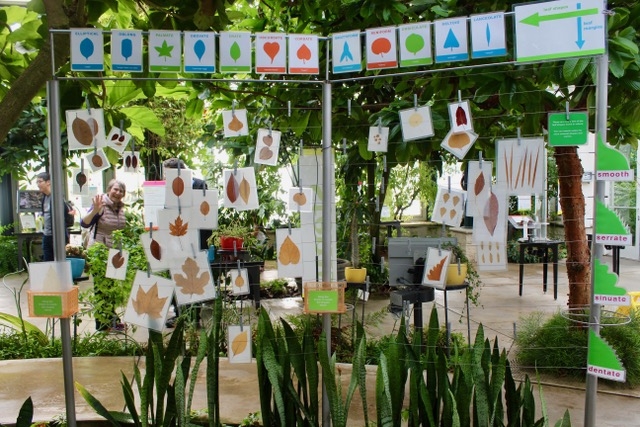
- Author: Jan Hambleton
I recently returned from a vacation in Florida, and a highlight was our visit to the Florida Botanical Garden. It is located in Pinellas Country, near Saint Petersburg. It was approximately a 20-minute drive from Tampa.
The garden is on several acres of land that is separated into two sections. The botanical gardens are sited on 92 acres, and a historical village is on 21 acres. (The village section has 33 historical structures, forming a small town.) They have 2.5 miles of pathways that wind through different plots, from tropical areas, native habitats and formal settings, including a wedding garden.
We were fortunate to be greeted by Theresa Badurek when we entered the gardens. She is the University of Florida extension agent, and teaches all the local Master Gardeners. She was very gracious and answered our many questions.
The east garden includes an azalea garden, a bromeliad garden, a cactus and succulent garden, a palm garden, a vinery and a tropical walk. In the west garden there is a butterfly garden, an herb garden, a native garden, a tropical fruit garden and a vegetable garden display.
The tropical fruit garden was intriguing, especially so because you may walk so close to the plants we do not usually see in our area. I was most curious to see a cinnamon tree, of which they have several.
Throughout the area there are several ponds and streams, which led to our most interesting experience. We came across a park employee gazing across a pond and inquired what she was watching…an alligator!
This time of year is mating season, and alligators travel long distances searching for a mate. The big male jumped in the pond and came over toward our side. The ranger said she hoped he remained in the pond or they would have to remove him!! We certainly watched much more carefully for any possible creatures near us.
If you are fortunate enough to visit the botanical garden, I suggest you go when the gardens first open in the morning. Florida is very humid and hot in June. A hat, water and an early start will make the trip more comfortable.
The admission is free, and dogs are welcome if on a leash and you pick up after them.
Florida Botanica Garden
12520 Ulmerton Road, Largo, FL. 33774 Tel: 727 5822100
Website: http://www.flbg.org/
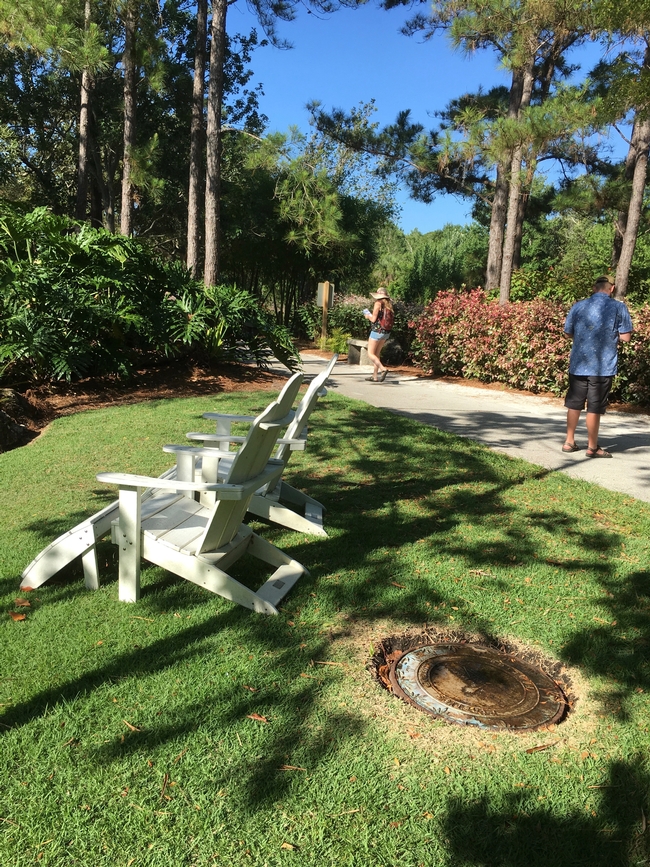
- Author: Carmen Kappos
On a recent trip to Ecuador I spent a wonderful afternoon at the Botanic Garden in the capital city of Quito. It is such a treat to walk through the orchid houses, past the display of medicinal plants, through the cactus and succulent garden; there are so many beautiful and interesting sections of the garden. Unexpected, though, was the lovely bonsai pavilion. In a dedicated space, near a Zen garden and a contemplation pond is a wonderful exhibition of bonsai.
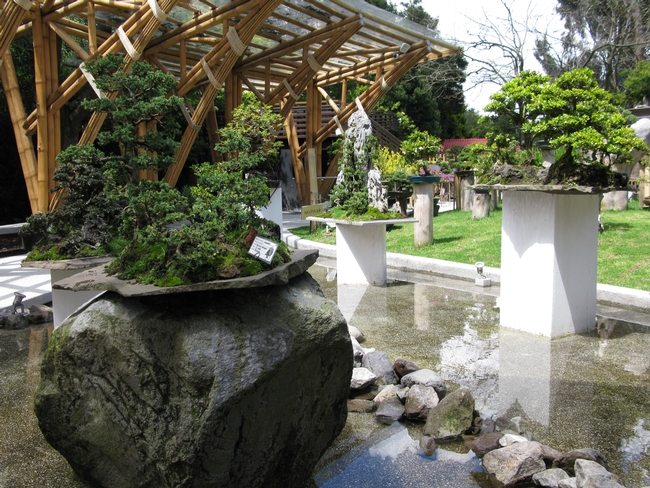
After returning home, I found the following quote in my Sunset garden book “in bonsai the container plant transcends horticulture and becomes fine art.” We certainly felt that as we enjoyed the bonsai and sat in the shade of the bamboo pavilion. What a delightful surprise, in a botanic garden high in the mountains of the Andes. You might not expect to come across Japanese horticulture, but it is a reminder that bonsai is enjoyed the world over.


